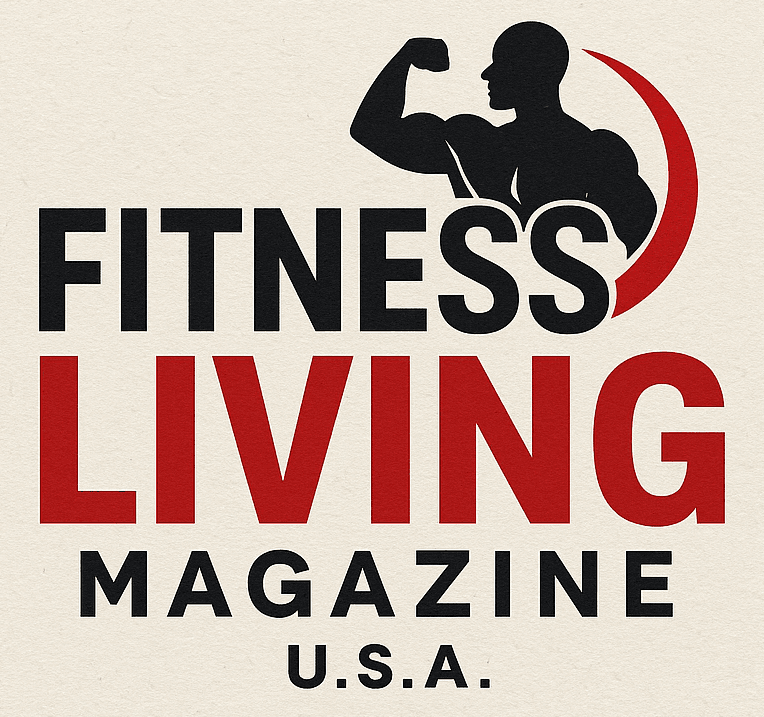
The Truth About Muscle Loss While Dieting: A Comprehensive Guide
In the world of fitness and dieting, few topics spark as much debate as muscle loss during weight loss. Understanding the intricacies of this issue can empower gym owners, athletes, and fitness trainers to guide their clients with a balanced perspective.
Understanding Muscle Loss in a Caloric Deficit
Weight loss fundamentally operates on a simple premise: burn more calories than you consume. However, during this process, a common concern arises – the potential for muscle loss. This loss can be a natural consequence of being in a caloric deficit, where the body taps into not just fat, but muscle as a source of energy.
Research consistently points to a critical truth: while losing weight, some reduction in lean mass is expected. The larger the caloric deficit, the more muscle mass is likely to be sacrificed. Incorporating strength training and maintaining a high-protein diet can mitigate these losses significantly, allowing individuals to preserve more of their muscle mass during weight loss.
The Importance of Strength Training
Contrary to common misconceptions, strength training plays a vital role in preserving muscle while losing weight. Engaging in resistance training not only stimulates muscle growth but also encourages the maintenance of lean mass. A systematic review highlighted that individuals who partake in resistance training while dieting can preserve roughly 10-15% more of their muscle, leading to improved body composition.
Gym owners and fitness trainers should prioritize educating clients on implementing a structured strength training program. This can include compound movements such as squats, deadlifts, and bench presses, which are effective for engaging multiple muscle groups simultaneously.
The Role of Protein Intake
Protein stands as a cornerstone in the conversation around muscle maintenance during weight loss. Maintaining an adequate protein intake is essential, as it aids in muscle repair and growth. Dietitians often recommend a target of around 0.7-1.0 grams of protein per pound of body weight for those looking to lose fat while preserving muscle. Incorporating high-quality protein sources such as lean meats, dairy, and plant-based proteins can significantly enhance muscle preservation efforts.
A Holistic Approach to Weight Loss
While the focus often gravitates towards caloric intake and macronutrient distribution, there are several broader factors to consider. Adequate recovery and sleep play pivotal roles in maintaining muscle mass. During sleep, the body repairs and grows muscle tissue, emphasizing the need for 7-8 hours of quality rest each night.
Additionally, incorporating cardiovascular exercise alongside strength training can complement muscle maintenance. Moderate cardio helps burn fat while preserving muscle, provided it is performed strategically to avoid hampering recovery from resistance work.
Creating an Effective Weight Loss Strategy
The path to weight loss isn’t one-size-fits-all. Developing a personalized strategy is paramount for long-term success. Encouraging clients to establish realistic goals rooted in moderate caloric deficits can yield sustainable results without compromising muscle mass. After initial weight loss, implementing muscle-building phases can be an effective way to rebuild any lost lean mass.
Conclusion: Making Informed Choices
The conversation surrounding muscle loss during dieting can often be clouded by fear and misinformation. As fitness professionals, it is crucial to foster an environment of understanding and support. By educating clients about the realities of weight loss and muscle maintenance, we can break down the stigmas associated with dieting while promoting healthy practices that prioritize both weight loss and muscle preservation.
If you’re a fitness professional or gym owner looking to dive deeper into effective strategies for supporting your clients' weight loss while preserving muscle, consider reaching out. Engage in conversations, attend workshops, and stay updated on the latest research to help you lead with confidence.
 Add Row
Add Row  Add
Add 



Write A Comment